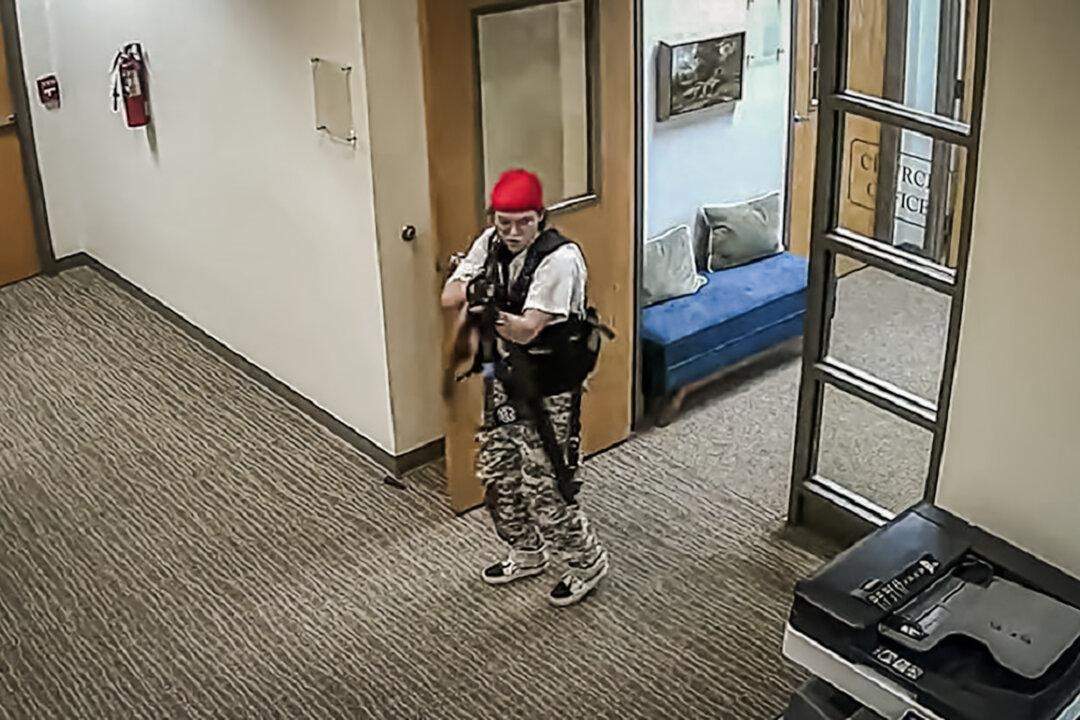The National Oceanic and Atmospheric Administration (NOAA) said Thursday that a “strong geomagnetic storm watch” will stay intact for the remainder of Thursday until Friday after a significant coronal mass ejection (CME) from the sun was observed.
“G1 (Minor) storm levels were reached shortly afterwards,” the statement continued. “Enhanced solar wind conditions continue to show the potential for elevated geomagnetic responses to the G2-G3 levels. Any prolonged or pronounced southward shift in the interplanetary magnetic field (IMF) could quickly escalate geomagnetic reactions to storm levels.”
People in the northern United States could see the aurora borealis, known as the northern lights, on Thursday evening. States where the aurora borealis might be visible include Washington, Idaho, Montana, the Dakotas, Minnesota, Wisconsin, Michigan, New York, Vermont, New Hampshire, and Maine, according to Accuweather.
Auroras are the result of disturbances in the magnetosphere caused by a geomagnetic storm, which alters charged particles that cause the emission of light of varying color and complexity.
Last year, University of California Irvine Assistant Professor Sangeetha Abdu Jyothi warned that a solar “superstorm” pointed at the Earth could trigger an “internet apocalypse” across the entire globe that could last for months.





